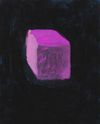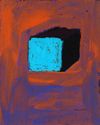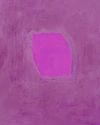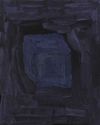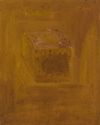Christian Andersen, Frederiksholms Kanal 28A, 1220 Copenhagen K, +45 2537 4101, info@christianandersen.net
Images
Press release
Q: Do you consider your works to be figurative?
A: I wouldn't consider my works figurative per se. I rather think my approach is abstract, however not completely devoid of objects.
Q: The triangular form, the square shapes, and now the cube all open up for a symbolic reading. For example the cube represents authority, institution, power, etc. Can you comment on the layer of representation in your imagery?
A: At the beginning of my work there is the experiment with color: An approach with different synthetic and natural colors and their mixtures or chemical reactions and also coincidental results that I then reapply on purpose. The choice of subject in the paintings is accordingly simple and recently I have been consistently reducing it. Hence forms like rectangle, cube, or triangle. These should be seen less symbolic and more as fields for the application of colours and their mutual effect on each other. As relations between forms and colours, as well as the relations between paintings. Relationship as the principal thing.
Q: How big a role does colour play in your work, i.e. the importance of choosing colour and/or the meaning of colour as a representative?
A: I try to find different methods to mix colors, pigments, and binders, and then combine/compose the outcome in my paintings. Therefore the process of finding these colors plays an important role.
Extract of conversation between Emanuel Seitz and Alexander Tovborg, April 2011



